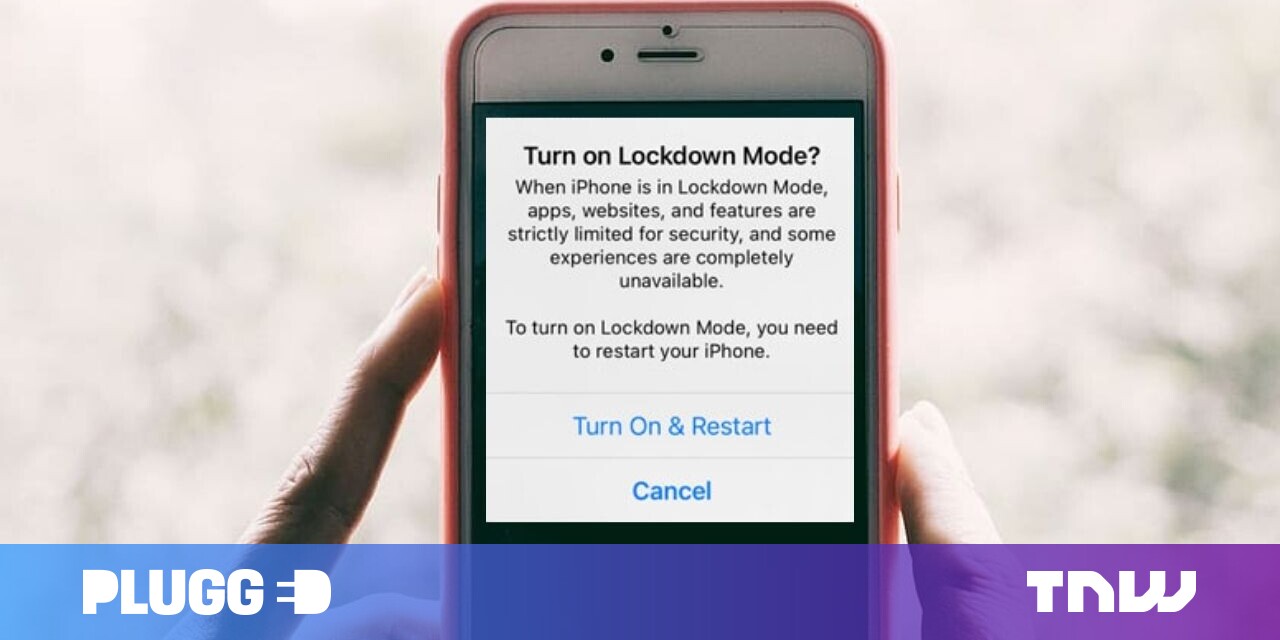#What Is Girls Who Code, and Why You Should Care – Review Geek

“#What Is Girls Who Code, and Why You Should Care – Review Geek”

If you take a look at the average tech company, you’ll see that the majority of employees are male. And we’re not talking a slight majority of employees, we’re talking three-quarters of them. The effort to close this gender gap and change the image of what programmers look like is precisely what Girls Who Code has set out to do.
The nonprofit organization aims to increase the number of female-identifying individuals in computer science, as this number has been on the decline since 1995, from 37% down to just 22%. It also wants to encourage and foster girls’ interest in computer science before the age they most often become discouraged in STEM subjects, usually around 11 or 12. With a variety of clubs and programs at its back, Girls Who Code has been working since its inception in 2012 to equip young women with all the computing skills they’ll need to successfully pursue jobs like programming, web design, robotics, and so on.
In her TED Talk, Girls Who Code founder Reshma Saujani talks about how girls have been socialized to be perfect, whereas boys are socialized to be brave. She goes on to state that even when girls are smart and ambitious, this push to be perfect causes them to want to play it safe and avoid taking risks, which in turn causes them to be less likely to pursue reasonable things like a competitive job opening, a raise, or even a new field of study.
With this realization on her mind, Reshma felt compelled to found Girls Who Code as a way to help socialize girls to be brave through teaching them to code. She stated that the process of coding—whether you’re a beginner or a seasoned expert—is one that’s consistently full of trial and error, as something even as small as a misplaced semicolon can break your code. Being a successful coder, then, requires not just smarts but perseverance, bravery, and the acceptance of imperfection.

So, after gaining an education from Girls Who Code, young girls are then armed not just with the skills they’ll need to pursue internships and full-time jobs in the computing world, but also with the courage and support they’ll need to believe in themselves and take their place in the world of tech. Plus, with values like bravery, sisterhood, and activism, it’s no wonder that the organization is on track to finally close the gender gap by 2027.
Girls Who Code runs after-school coding clubs during the traditional academic school year for girls in 3rd-12th grade and two-week intensive coding programs during the summer for 10-12th grade girls. There is even a College Loops program for college-aged women that acts as a support network for them as they learn and persist in the field.
It now has over 8,500 local clubs up and running across the globe and has raised over $100 million from partners and allies to achieve its mission of closing the gender gap in tech and diversifying workforces. So far, the nonprofit has reached 500 million people and served over 300,000 girls through its in-person programming programs, clubs, and college loops. And best of all? Half of those girls were from historically underrepresented groups, including girls who are Black, Latinx, or from low-income backgrounds.

The organization’s success is proven by the fact that its alumni are choosing to major in computer science (or related fields) at a rate of 15 times the United States average. And its success isn’t just exciting, it’s crucial.
So many aspects of society, culture, and politics today are driven by tech companies, and when they don’t have a diverse workforce, they aren’t representing or working on the behalf of the diverse array of voices and people their work affects. As it is now, tech is largely geared towards males simply because that is, largely, who creates it. A more diverse workforce, especially in tech, means these companies are likely to receive a larger scope of input and ideas to work with, which in turn practically guarantees more creative product ideas, a wider customer base to appeal to, and healthy long-term financial growth.
But to get there, the barrier to entry must be removed, which is exactly what Girls Who Code is working to do. Diversity is essential to the success not just of these tech companies or even of Girls Who Code, but also of society at large. The nonprofit has a mighty cause, and the cause is one worth caring about.
If you liked the article, do not forget to share it with your friends. Follow us on Google News too, click on the star and choose us from your favorites.
For forums sites go to Forum.BuradaBiliyorum.Com
If you want to read more like this article, you can visit our Technology category.



